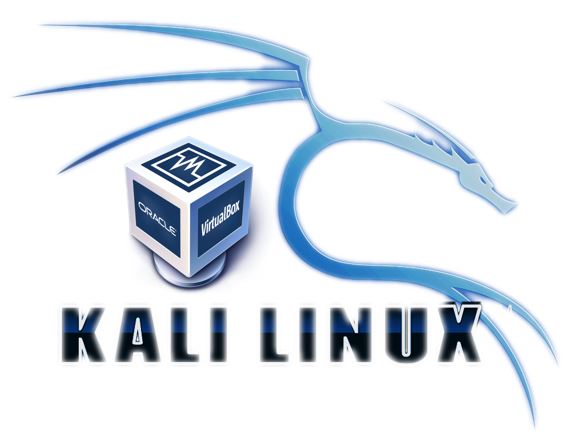
Select “Install Kali” from the welcome screen and follow the prompts.

Once Kali has booted, you will be presented with the Kali welcome screen. Kali will now boot into the live environment. Select the USB drive that you created and press Enter. To do this, you will need to restart your MacBook Pro and hold down the Option key. Once you have created your bootable USB drive, you will need to boot into Kali. We recommend using the Etcher tool to create your bootable USB drive.

Once you have downloaded the ISO, you will need to create a bootable USB drive. You can get the latest version of Kali from the Kali Downloads page. The first thing that you need to do is download the Kali Linux ISO file. While there are a few different ways to do this, we are going to show you the easiest way to get Kali up and running on your MacBook Pro. One of the most common questions that we get asked is how to install Kali Linux on a MacBook Pro.

It is one of the most popular operating systems among security researchers and penetration testers. For those of you who are not familiar with Kali, it is a Debian-based Linux distribution that comes with a wide range of security and forensics tools. If you are a security professional or ethical hacker, chances are that you already know about Kali Linux.


 0 kommentar(er)
0 kommentar(er)
